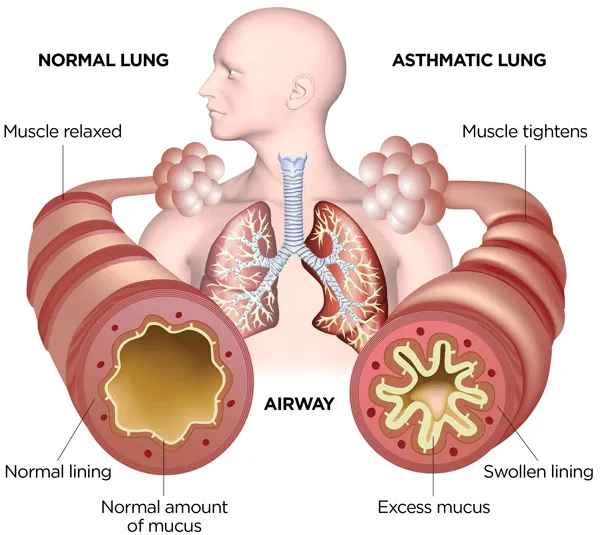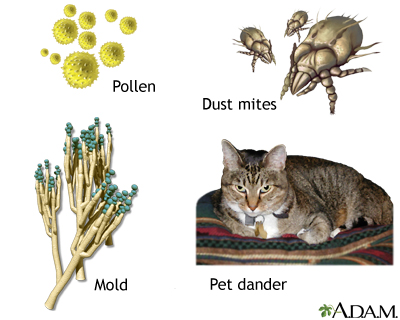An Overview of Asthma: Definition, Symptoms, and Treatment Options
- Mandeep Dhaliwal RN, BSN
- Jul 9
- 3 min read
Asthma is a long term lung disease. It constricts the airway, which are tubes that carry air in and out of the lungs. During an asthma attack, the muscles around the airways tighten, and the inside of the airways gets more swollen. Because of this, it's harder for air to move in and out of your lungs, making it difficult to breathe. Some things can make your airway swell up and produce extra mucus. This swelling and mucus make the airway narrower.


Symptoms -
Shortness of Breath- Feels like you cannot get enough air.
Wheezing- Wheezing is a whistling or squeaky sound that happens when you breathe. It happens because the airways are narrowed making it harder for air to move in and out of the lungs.
Coughing- Can become worse at night or early in the morning.
Chest Tightness or pain- A feeling like something is squeezing or pressing on your chest.
Asthma Causes:

Asthma Triggers:

Treatment-
Try to avoid the Asthma Triggers.
Preventive (long-term) medications:
Help reduce swelling and inflammation in the airways.
Make it less symptomatic like coughing or trouble breathing.
Can take these every day, even when feel fine.
Quick-relief inhalers (bronchodilators):
Work fast to open airways if they are tight or swollen.
Help breathe better during an asthma attack or when suddenly have symptoms.
Use these only when needed and follow doctor’s recommendations
Allergy medications:
Sometimes needed if asthma is triggered by allergies.
Help reduce reactions to things like pollen, dust, or pet dander.
Call 911 if any of the following symptoms occur-
Difficulty breathing- It means the airway becomes inflamed and narrowed, making it hard to move air in and out of the lungs.
Why it happens in asthma: During an asthma attack, the muscles around the airways tighten, the lining swells, and excess mucus is produced, leading to significant
breathing difficulty.
Bluish Color to the Lips and Face- It mean that this is a sign of cyanosis, indicating low oxygen levels in the blood.
Why it happens in asthma: When air can’t move properly through the lungs, not enough oxygen gets into the bloodstream, causing the skin, especially around the lips and face, to take on a bluish or purplish tint.
Rapid Pulse-It means the heart beats faster than normal.
Why it happens in asthma: The body tries to compensate for low oxygen by pumping blood faster to deliver oxygen to vital organs, causing a fast heartbeat.
Sweating (Diaphoresis)- It mean excessive, often cold sweat appear on the skin.
Why it happens in Asthma- This is a stress response to the body being in distress due to low oxygen. It can also be a sign of an impending respiratory or cardiac emergency.
Severe Anxiety Due to Shortness of Breath-It means the person may feel panicked, fearful, or extremely anxious.
Why it happens in asthma: The feeling of not being able to breathe can trigger a stress response, leading to intense anxiety or panic, which may worsen breathing even more.
Decreased Level of Alertness (Severe Drowsiness or Confusion)- It mean the person may seem unusually sleepy, confused, or even unresponsive.
Why it happens in asthma: This is a critical sign that the brain is not getting enough oxygen. It indicates a life-threatening situation that needs urgent intervention.
References
Assessed and Endorsed by the MedReport Medical Review Board






